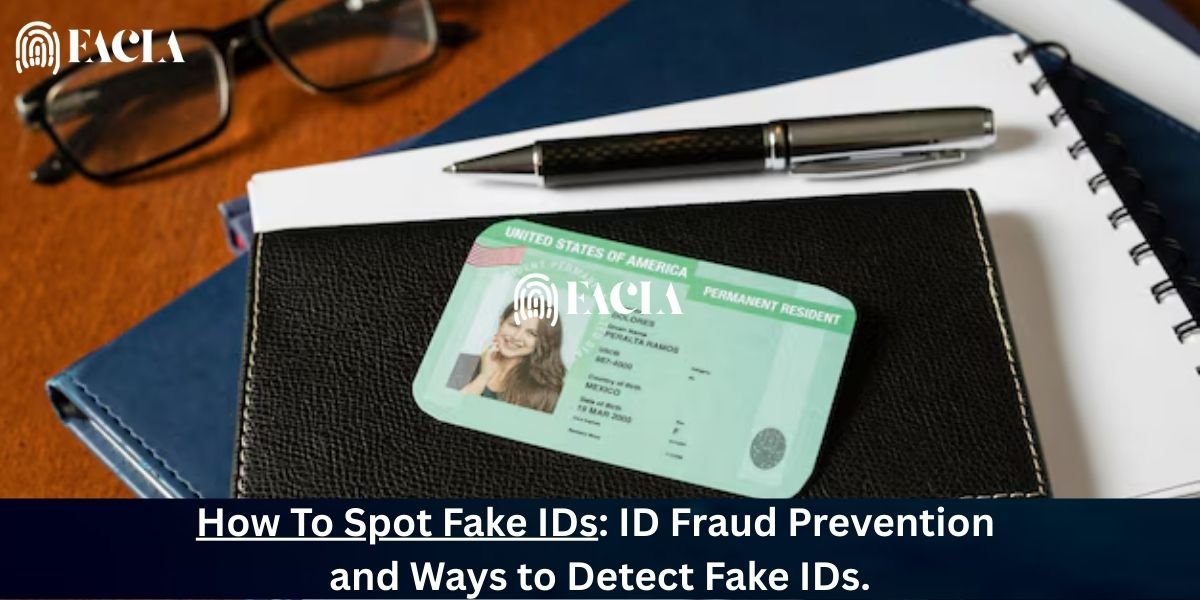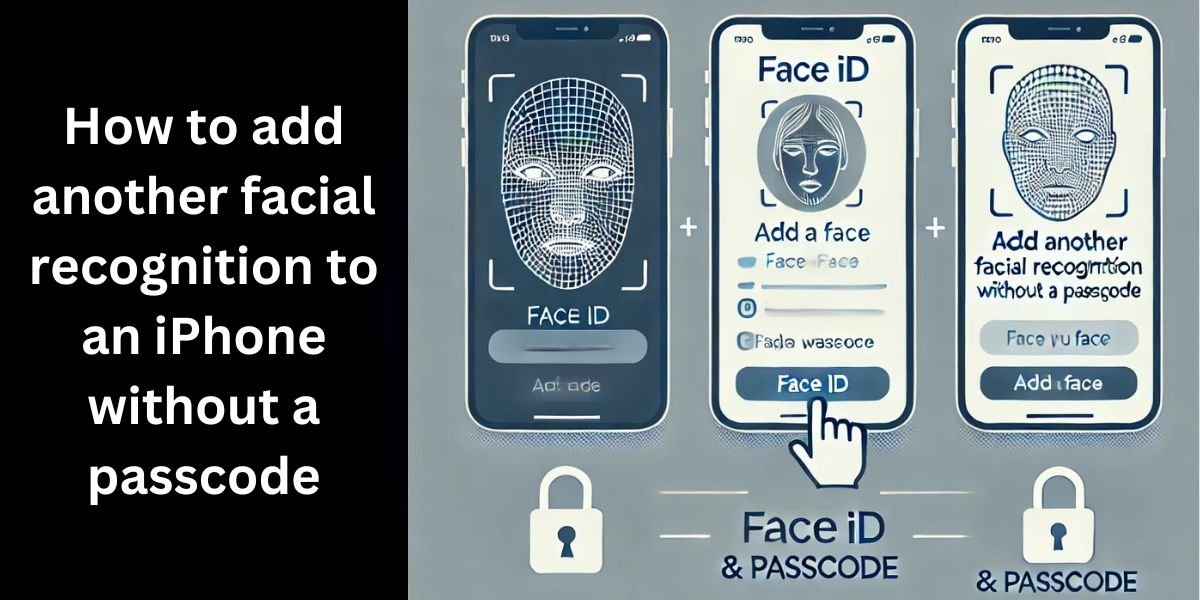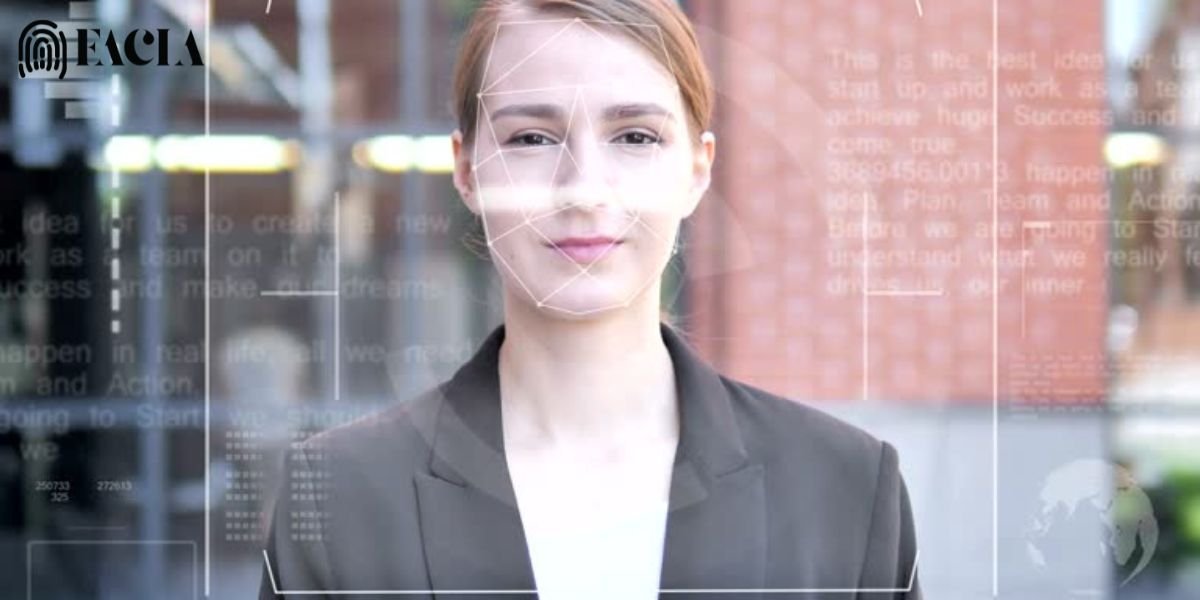Introduction:
Businesses and organizations that depend on confirming people’s identities have a serious problem in the modern world due to the growing popularity of fake identification cards. People frequently use fake IDs for identity theft, impersonating others, and granting youth access to banned services. Therefore, having a thorough awareness of how to spot fake IDs is essential for professionals, especially those in the retail, hospitality, and security industries. The number of eCommerce-related cases of identity fraud increased by 30% in 2023, according to the US Federal Trade Commission (FTC). In 2029, identity fraud is predicted to cost more than $107 billion worldwide.
Fake IDs.
Documents manufactured to misrepresent a person’s identity are known as fake identification. Underage people frequently make use of them to acquire access to products and services that are limited to people of a certain age, such as gambling, tobacco, and alcoholic beverages. Some reports show that 69% of college students interviewed have owned and used fake IDs at the same time. Identity theft and fraud are more serious crimes that can be committed with fake ID.
The Necessity of Recognizing Fake IDs.
Recognizing fake identities is essential to stopping fraud, identity theft, and unlawful activity. People and companies may safeguard themselves against financial losses and legal issues by correctly recognizing fake identity. This ability is crucial for banks, security guards, and other institutions that rely on identity verification for transactions and access. Identifying fake identities enhances quality and safety in various situations.
How to Spot Fake IDs.
While it’s becoming harder to spot false IDs, there are reliable ways to spot forgeries. Physical examination is still a crucial step: look at the texture of the card, scan the barcode for irregularities, and look for mistakes like misspellings or missing data. Equally important is behavioral analysis; a cardholder’s worried actions or lack of response could call for more research. This type of crime, which frequently involves stolen IDs acquired through phishing attacks or illegal dark web markets, is another serious issue. Attackers commonly utilize the personal information obtained through fraud or family hacks to commit financial crimes using these fake identities.
A fake ID can be identified in various ways. Searching for holograms and microprinting is one of the most used methods. Real IDs frequently have holograms, which are tiny, reflecting pictures. One kind of printing that is so tiny that it is difficult to perceive with the unaided eye is called microprinting. Since holograms and microprinting are difficult to replicate, they are frequently deleted from fake identification documents. You may evaluate more than 30 to 40 security elements on the document in a real setting.
Ways To Detect Fake IDs:
Inspect attentively at the content of the material and feel to identify odd textures or irregularities to spot a false ID. Look for hard-to-replicate security elements like microtext, UV marks, and holograms. Also, look for any differences by comparing the ID’s photo and details with the person showing it.
- Check Body Language:
Even with the best fake identification, you can easily identify some people by their body language. Asking them for their address may make them feel more uncomfortable if they exhibit nervousness symptoms, such as strange eye contact.
- Horoscope:
Although it’s not 100% accurate, if you are unsure whether the ID is authentic, ask the individual what their horoscope sign is based on the card’s birthdate.
- Compare the ID with Another:
Check your ID against a valid copy if you have one. For example, it’s generally a red indicator that the ID they provide you is a fake if it’s thinner than the actual one.
- Check grammar:
Keep a close lookout for these errors since, unexpectedly, many fake IDs still use basic grammar incorrectly and may misspell an address or state abbreviation.
- Compare the photo:
People should normally appear like their photo, even if they obtain new glasses, jewelry, or a different hairstyle. Look for features like the chin, eyebrows, eyes, nose, and ears that are not altered greatly.
- Look at the description:
Other than judging whether or not the person matches the photo, it is a beneficial idea to examine the details provided in the description, such as the color of the individual’s eyes and hair.
- Most-used states:
The states of Florida, Connecticut, and Illinois are the ones that produce the most fraudulent identification documents in the United States. If you ever come across this identification, especially if it is from a different state, you should instantly be alert and look for the clear indication that it is fake.
- Height and Weight:
Analyze the card’s weight and height to check whether they match the description. You might inquire about their height and weight if they appear significantly different from the person on the card. If their description and the details they offer you don’t match, it’s probably fake.
- Signature:
A true ID would never have a stylish signature. Because it is so difficult to write on the digital pad they need you to use, there are often a few line squiggles. Therefore, the ID is fake if its signature is too flawless, like the font used in Microsoft Word.
- Watch for Patterns:
Teenagers frequently purchase fake identification documents in bulk from the same state. You should examine their identification more closely if many adolescent females from Hawaii are attempting to enter a club in New York, as it is highly doubtful.
- Laser perforation:
To create a picture, the laser creates microscopic holes in the majority of state IDs. Therefore, if the laser perforation is not visible when you shine a spotlight on the card, it is fake.
- Fine-line Patterns:
Fine lines that often move in a wavy manner can be seen on some IDs. You will need to keep in mind which states utilize this for verification because places like Vermont use it for security.
- Tick Photo
Move your thumbs over the picture. They most certainly placed a new picture over the original if it seems thick, rough, or has an edge.
- Laser image on the back:
If you tilt some state IDs back and forth, you should be able to view a laser-engraved image on the reverse. Even if not everyone has it, it’s still a beneficial idea to check.
- Overly:
A very thin layer that serves as a protective coating and an additional degree of protection is present on many genuine IDs. You can see it if you shine a light on it.
- Blurred Lettering:
Even though they might be able to make the front seem flawless, fraudsters typically just replicate the back. Turn the card over and look for any indications of a photocopy or blurred text.
- UV Light:
Most state IDs include features and concealed graphics that are only visible under UV light. You may immediately determine whether or not the picture is there on the card by shining a UV light over it. If it doesn’t appear, it’s probably a false one.
- Barcode:
There are now applications that allow you to scan the barcode on your ID with your smartphone. The results will instantly provide you with the card’s details or indicate whether it is a fake.
- Microprint:
As a result of advancements in technology, fakes have been able to create identification documents that appear to be very realistic. In response, states have begun using microprint to determine whether or not an identification document is authentic. While it is difficult to detect, if you have a pocket magnifying glass on hand, you can quickly determine whether or not the microprint is visible.
Detection of Fake ID:
The first thing to do if you’ve found a fake ID is to gently let the person know that it’s not authentic. Remaining calm and avoiding conflict are important. After that, gather any essential data and notify the proper authorities, such as the security staff at your company or the local police department, of the event. In certain situations, you might have to take custody of the ID while you await legal action. This process highlights how to spot fake IDs and take the proper steps when detected. On the other hand, if you want to take legal action, you can submit a complaint by contacting or reaching out to this website, https://www.identitytheft.gov/
Using a fake ID comes with risks:
If you are in college and you are using a fake ID, you may think it is all fun and games because you can drink, go to bars, and go to clubs, but the reality is that a police officer can make your life very miserable if you are caught using a fake ID. It is punishable by up to five years in prison and a $5,000 fine; you will spend the night in jail, someone will have to bond you out, and you will have to hire an attorney. It is very serious, so think twice before.
Prevention of Fake ID:
Employees must be trained to recognize the clear symptoms of a fake ID, such as mismatched details or odd textures, to avoid them. Technology, such as ID scanners, can be used to rapidly confirm the authenticity of an ID. It is more difficult to fake identification documents when security elements like barcodes and holograms are updated on a regular basis. Reducing the use of fake identification documents can also be achieved by raising public awareness of the dangers and motivating people to report doubtful IDs. Knowing how to spot fake IDs is essential in preventing their use.
Conclusion:
To prevent fraud and identity theft, it is important to understand how to spot fake IDs. You may lower your chance of coming across fake identity by being alert, utilizing tools like ID scanners, and understanding important security elements. Preventing the use of fake identification documents also requires regular training and public awareness campaigns. In the end, knowing how to spot fake IDs protects individuals and businesses from danger.





